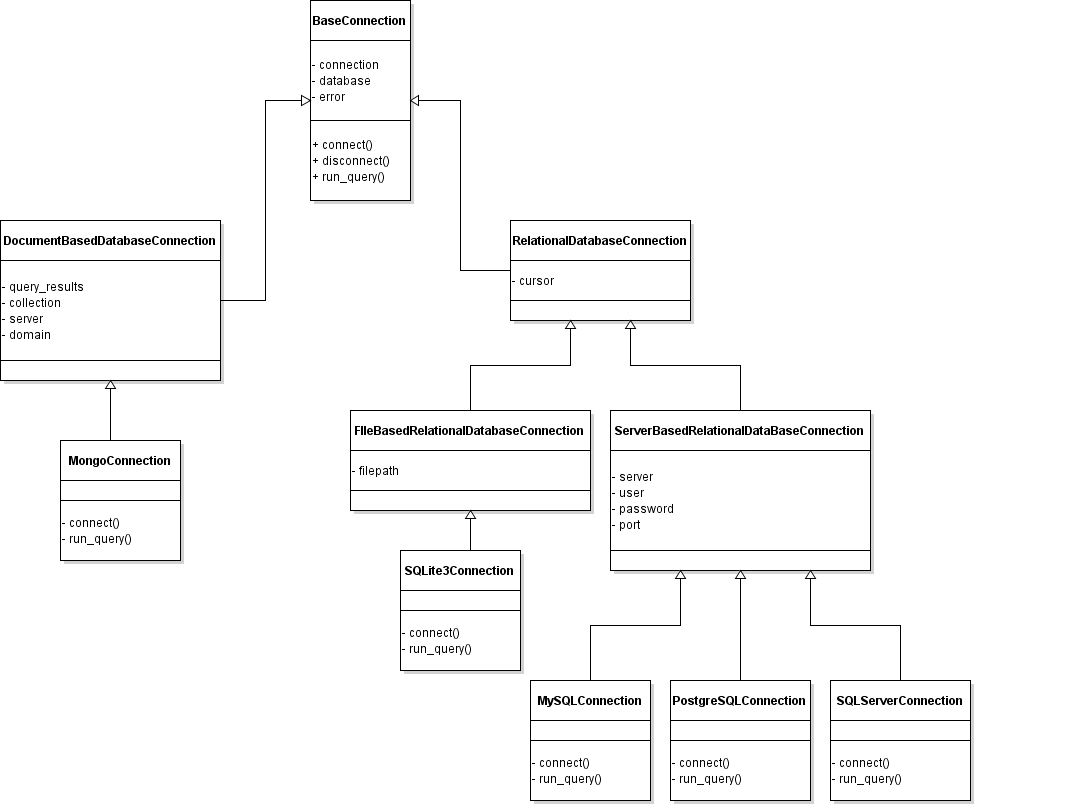Oh my god! Are you sure you're not actually summoning Cthulu with that line of code, Jim? That's a really good example. And yes I agree that statement is nonsense. They are basically saying they know everything there is to come.
G_S 38 Junior Poster in Training
G_S 38 Junior Poster in Training
G_S 38 Junior Poster in Training
G_S 38 Junior Poster in Training
xHellghostx commented: Yes you are right.. I used the super and it worked just fine.. Thank you. +0
G_S 38 Junior Poster in Training
